Summer holidays are meant to be relaxing. But record‑breaking heatwaves across Europe, Asia and the United States have turned hot afternoons into real travel challenges. While most guides repeat the usual reminders, drink water and wear light clothes. there are other practical, often overlooked ways to stay cool that travellers genuinely find useful.
Here’s how to keep your cool on holiday, drawn from local habits, smart gear and a bit of forward planning.
Also read: 13 Travel Packing Hacks Every Traveller Should Know
Check local heat alerts before you set out
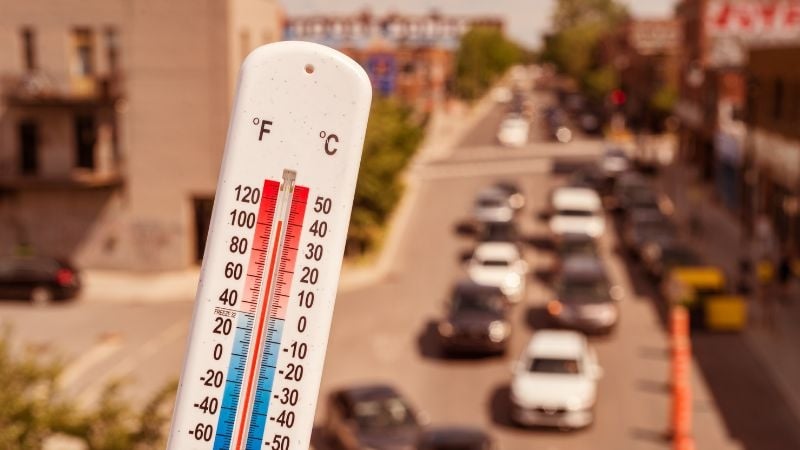
Image credit: Marc Bruxelle
Beyond checking the weather forecast, many countries now share daily heat warnings. In France, the Météo‑France Vigilance system alerts people when heat becomes dangerous and can even lead to closures of places like the gardens at the Palace of Versailles. Japan issues a nationwide heatstroke alert, telling residents and tourists when it’s unsafe to exercise or walk outdoors.
In the United States, the National Weather Service HeatRisk map shows a colour‑coded heat risk by region. Checking these alerts each morning can help you adjust your plans—like swapping an outdoor ruin visit for an air‑conditioned museum—saving you real discomfort.
Book indoor attractions for midday or rest like the locals
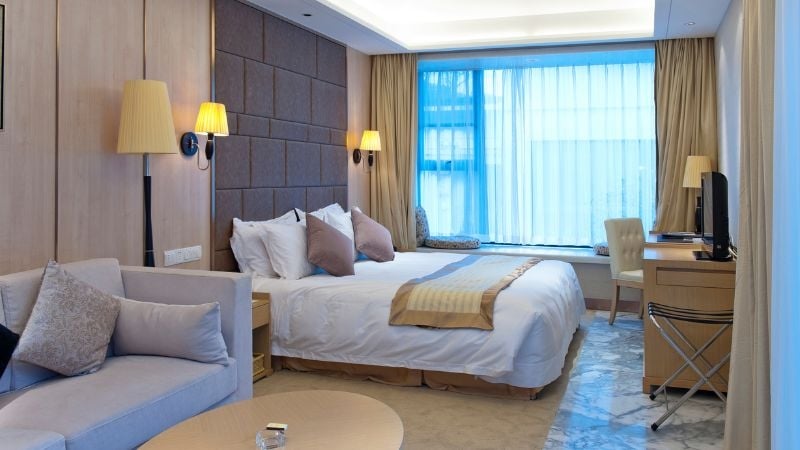
Image credit: Tarzan9280 via Canva Pro
Rather than forcing yourself through the hottest part of the day, plan your indoor visits for late morning to mid‑afternoon. Across southern Europe, it’s normal to slow down or pause around midday. Many small shops and sites close for a few hours, while locals head indoors for lunch or a rest. You could do the same: visit an air‑conditioned museum, a library or a shopping centre, or just chill in your hotel room. T
Understand evaporation: use damp cloths and cooling towels on pulse points
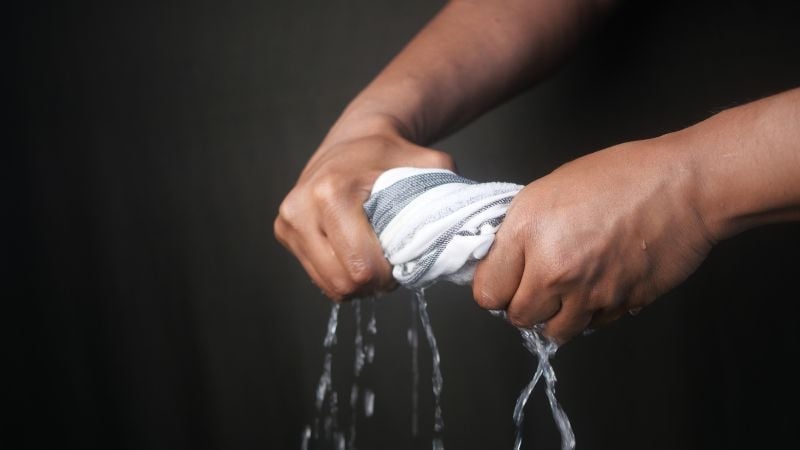
Image credit: towfiqu barbhuiya via Canva Pro
Your body cools itself mainly through sweat evaporating from your skin. You can help this by using a damp cloth or a cooling towel on pulse points like your neck, wrists and behind your knees. Many travellers swear by quick‑dry cooling towels. Simply wet, wring and snap them to make them stay cooler for longer, perfect for walks or long days of sightseeing.
Look out for phase change materials (PCMs)
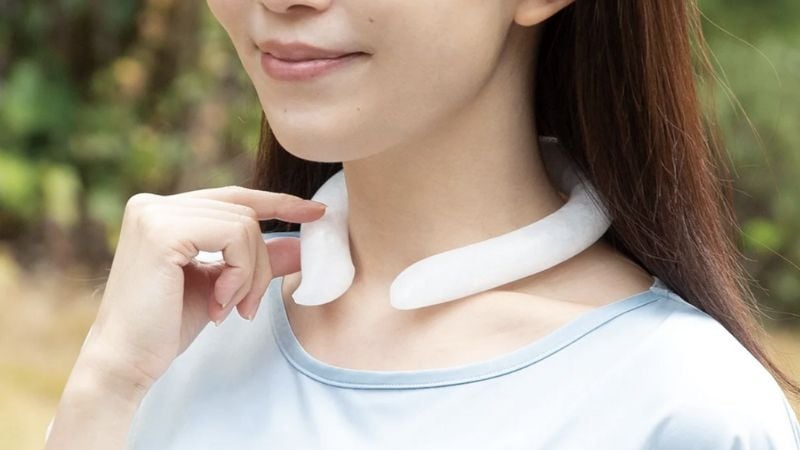
Image credit: Nitori Furniture Singapore Official Website
Cooling gear made with phase change materials (PCMs) works by absorbing heat as it changes from solid to liquid. This keeps the material’s temperature steady, helping you feel cooler.
Neck wraps or scarves filled with PCM packs can be chilled before you head out and stay cool for 20 to 30 minutes without needing power. These lightweight products are becoming popular in hot cities across Asia, especially among commuters and outdoor workers.
Wear breathable, moisture‑wicking fabrics to help sweat evaporate
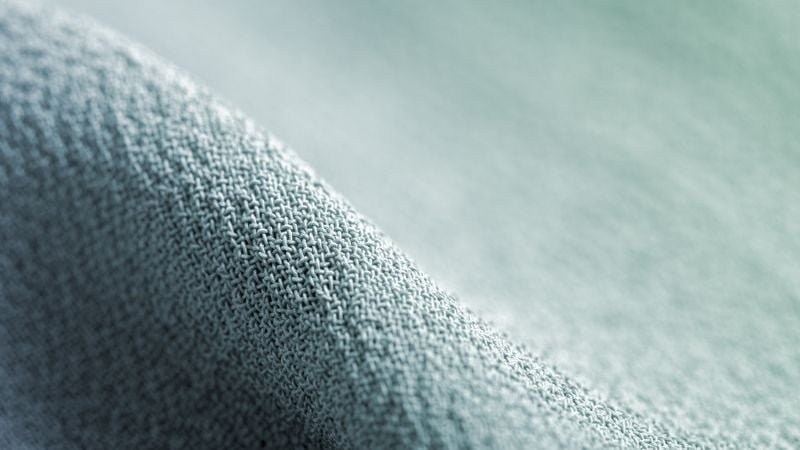
Image credit: tostphoto via Canva Pro
Moisture‑wicking fabrics draw sweat away from your skin so it can evaporate faster. This helps your body cool itself more efficiently. Technical travel clothing made from synthetic blends or natural fibres like merino wool is designed for this purpose.
Loose, light‑coloured clothes also reflect more sunlight, reducing how much heat your body absorbs.
Use reflective sunshades or clothing with UV‑blocking properties
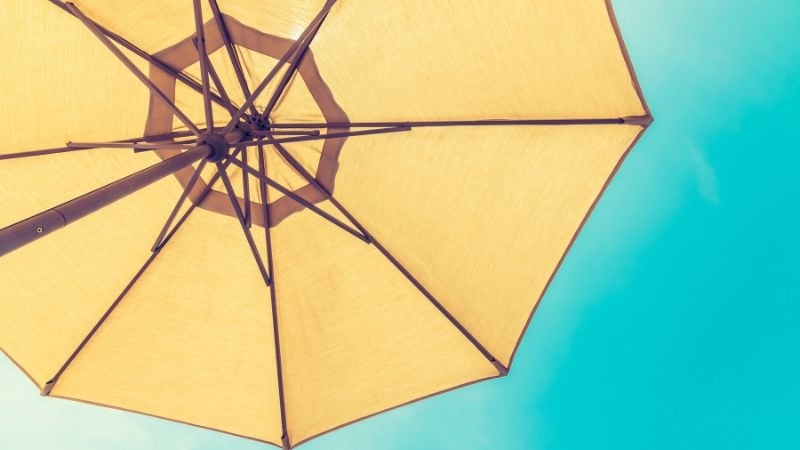
Image credit: Chinnapong via Canva Pro
UV‑blocking umbrellas, parasols and clothing do more than stop sunburn. They also reduce the amount of ultraviolet and infrared heat absorbed by your skin and clothes.
In Japan and Australia, lightweight UV umbrellas and reflective parasols are common in summer. They act as portable shade, making it feel noticeably cooler while walking outdoors.
Protect sensitive items from heat
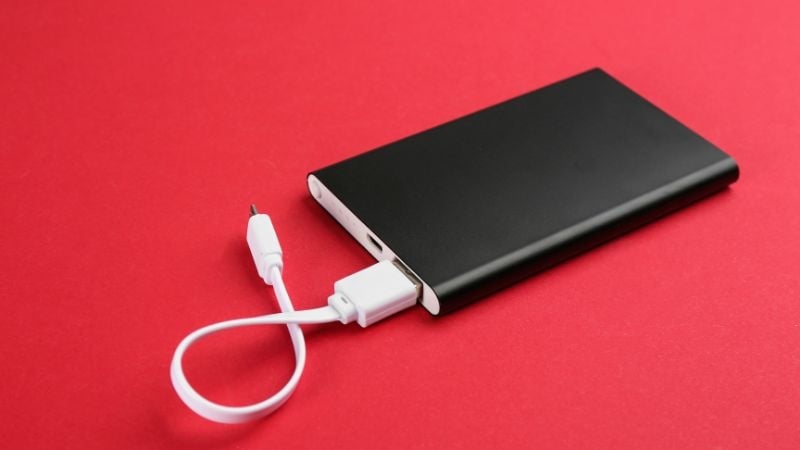
Image credit: Africa images via Canva Pro
Heatwaves can damage your electronics and medicines as well as your comfort. High temperatures shorten battery life and can spoil medication that needs to stay cool. Keep these items in insulated pouches or wrap them in a scarf. Storing them deep inside your bag, away from direct sun, also helps protect them through a hot day
Use small but effective daily tricks
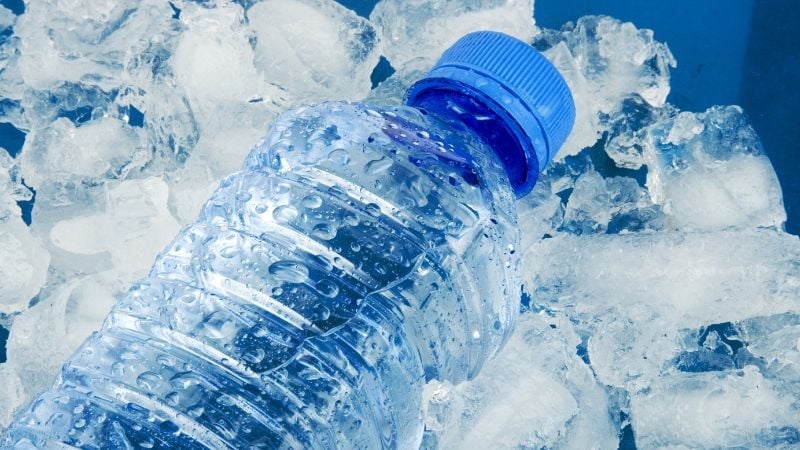
Image credit: gbrundin via Canva Pro
Small habits can make a big difference. Freeze a water bottle halfway overnight so you have cold water that lasts into the afternoon. Pack cooling wipes, mists or powder sheets—common in Japan and Korea—for quick relief when waiting in queues or on crowded transport.
Also, try to plan your walking routes in advance through shaded streets, arcades or underground passages to avoid the direct sun. Small tricks like these are easy to overlook but can make a whole lot of difference!
Confirm air‑conditioning before you book

Image credit: Sorapong’s Images via Canva Pro
Older hotels and flats in cities like Rome, Paris or London were built for milder summers and may only offer fans or small portable units. Before you book, check the listing carefully for “full air‑conditioning” or “climate control”. Asking the property directly can save you from a hot, sleepless night.
Also read: 7 Best Travel Cameras Under S$2,000 for Every Type of Traveller (2025)
Travelling smarter, not tougher
Surviving a heatwave on holiday is not just about endurance. With a bit of planning, breathable clothing and clever cooling tools, you can stay comfortable and still enjoy exploring, even when temperatures soar.




